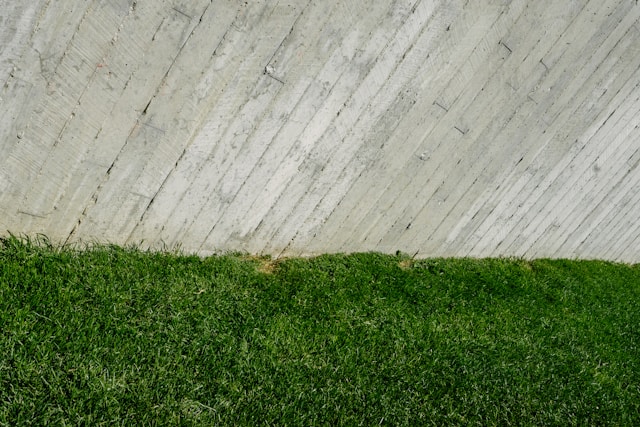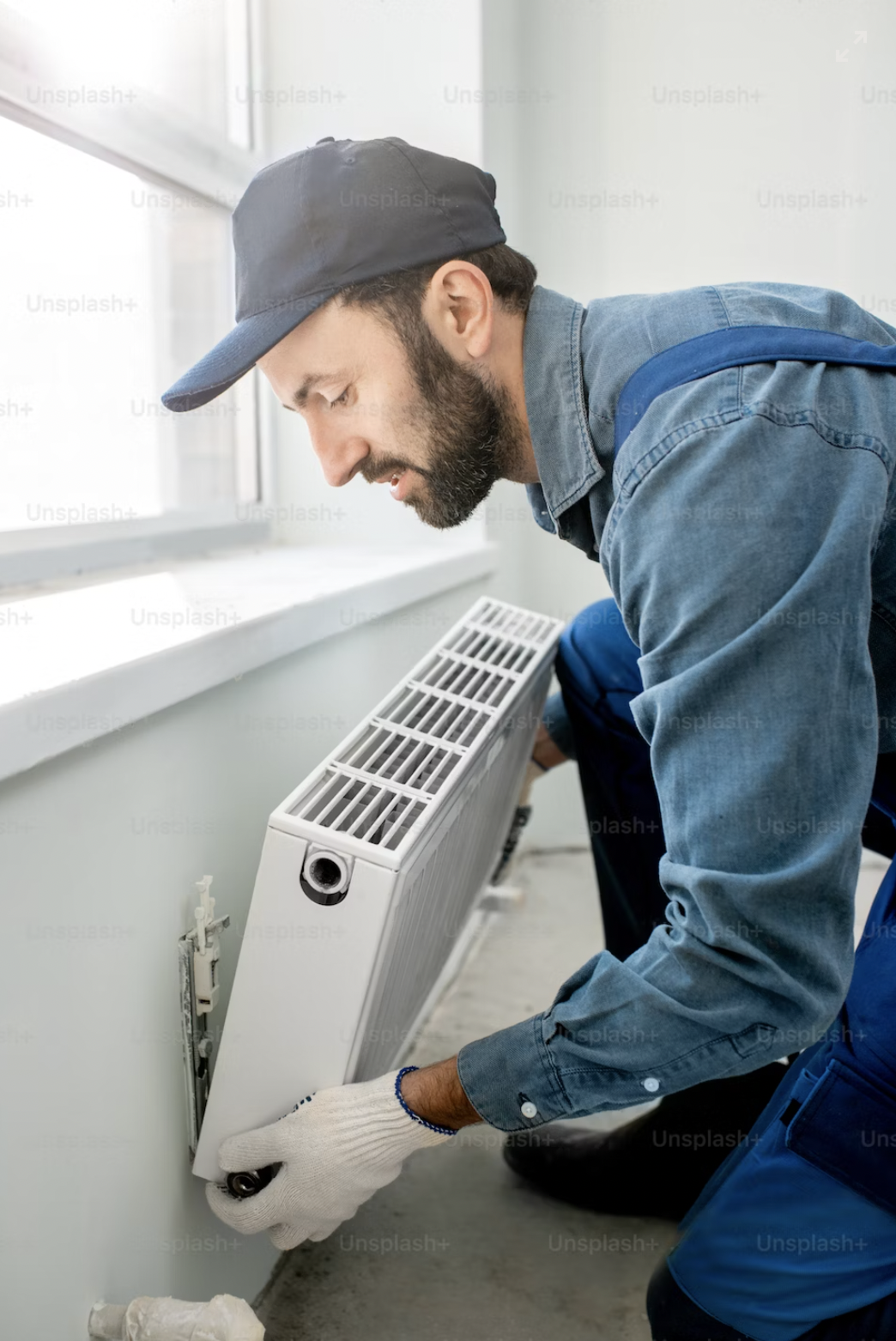Your lawn is under a lot of stress from everyday wear and tear. While general yard maintenance can help, aerating and overseeding are essential for a vibrant, healthy lawn. Fall is the ideal time for overseeding. So, if you see any signs that your lawn needs aeration and seeding, contact us to get the job done!
Dry Grass
Whether you’ve experienced major lawn damage or a drought, dry grass can indicate that your turf needs reseeding. Dry spots are often caused by too much walking or mowing on the lawn, which causes the soil to become damaged and prevents water and nutrients from reaching the roots. Other factors, such as sodium in the soil (salt from snow removal trucks), can also cause dry spots to appear.
The best time to avail of reseeding services Southern California for your lawn is in the fall when the soil moisture content is ideal, and the weather is colder. It’s also a great time to get the aeration and overseeding done to help your lawn thrive for years. Aeration is like a day at the spa for your lawn, improving soil health and encouraging new growth.
Dead Grass Spots
Dead spots in your lawn aren’t just unattractive; they often signal an underlying problem that needs to be addressed. For example, bare spots in areas that are regularly trampled may indicate a turf disease or a dog urine problem (in which case, the solution is more frequent and thorough mowing and a urination reduction program). Common causes of bare spots include soil compaction, shade, diseases, insect damage, and improper fertilization. For best results, reseed areas with bare spots with a grass seed that matches the rest of your lawn, and apply a fertilizer containing slow-release nitrogen to help your new grass grow.
To make it easier for grass seeds to take root, loosen the soil with a rake and consider working in some organic matter such as compost or pelletized compost (which expands when wet). Aerating your lawn facilitates easier water and nutrient delivery to the roots of your grass, thereby reducing compaction.
Uneven Grass Patches
If you notice uneven grass patches in your lawn, it may be a sign that you need to reseed. Uneven lawns are not only unsightly but can lead to several problems, including drainage issues, creating muddy areas that promote the growth of moss and weeds, and they can limit your lawn’s use. Erosion, drainage problems, broken water, or irrigation pipes can cause uneven grass spots. Step one in resolving this is to identify the source of the problem and address it before leveling your yard. To fix these low spots, lift any existing sod and fill in the depression with soil mix, mounding it about an inch higher than the surrounding grass. Be sure to water thoroughly.
Crabgrass
Digitaria ischaemum, commonly known as crabgrass, is an annual plant that can produce dormant seeds in the ground for many years, causing persistent issues. This weed is distinguishable from other grasses by the sheath around its stem and auricles (ear-like protrusions on the interior of its leaves). A healthy lawn can naturally crowd out crabgrass and many other weeds. Regular mowing and fertilizing (avoiding any that contains phosphorus, which is readily absorbed by crabgrass) help thicken the grass and prevent it from getting out of control.
Aerating the lawn before overseeding is another effective strategy for controlling crabgrass. Applying a pre-emergent, such as corn gluten meal (a natural product made from the byproduct of corn) or Dimension, in the spring can also be helpful. This product will prevent crabgrass and other annual grasses from germinating, but it must be applied before the weeds grow to be effective.
Weeds
Weeds steal sunlight, nutrients, and water from grass, making your yard look dismal. They often appear in bare lawn areas left empty by diseases, insect activity, drought, and lawnmower traffic. Fall is the best time to oversee your lawn because cooler temperatures mean less lawn disease and weed activity. Plus, the soil is less likely to be compacted by lawnmower or foot traffic, making it easier for the new seed to grow. Weeds are sometimes good; stinging nettles make high-quality fertilizer, and some are edible (though not as tasty as healthy turfgrass). But herbicides are only a temporary fix and won’t solve the root of the problem. Addressing the health of your soil is the only way to prevent weeds in the long run.




